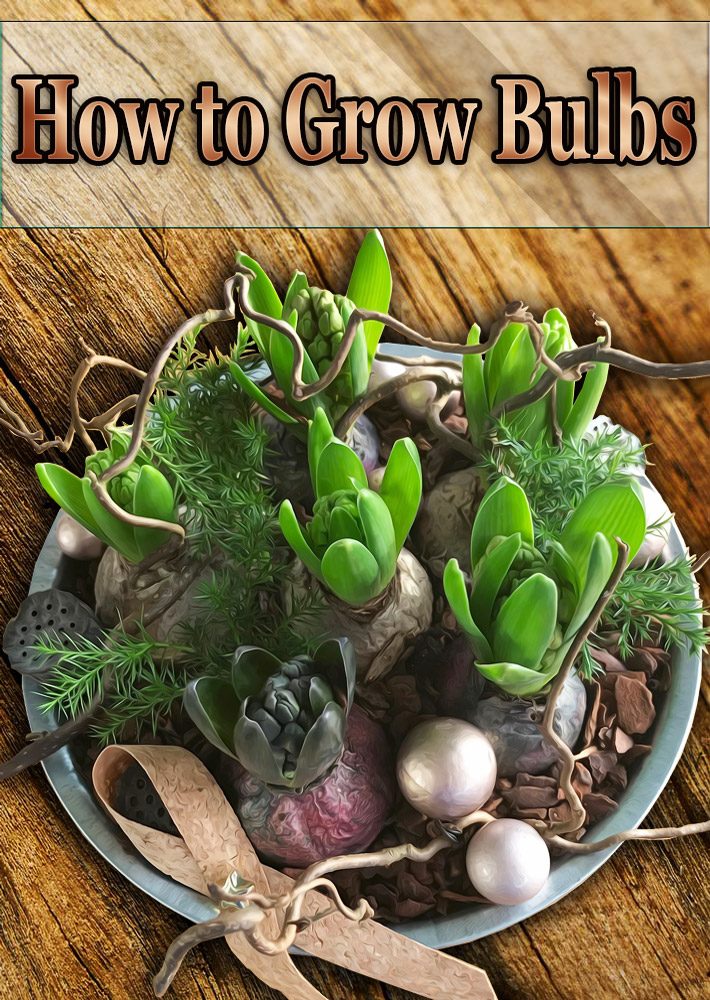
Do you know how to grow Bulbs?
Planting bulbs, corms and tubers is an easy way to ensure colourful displays in your garden, particularly in spring before the rest of the garden has woken from its winter dormancy. Bulbs can be planted in containers or borders, and look particularly effective when naturalised in grass.
There are bulbs, corms and tubers to suit all sites and soils. So if you are wondering how deep to plant daffodil bulbs, how to plant up begonia tubers or when to plant tulips, then take a look at the planting depth charts below and discover how easy growing bulbs can be!
What soil do bulbs prefer?
Different species will require different growing conditions and – as a rule – most will need a well drained soil that won’t sit waterlogged in winter which may cause them to rot.
Which way up should bulbs be planted?
Always plant bulbs with the pointed growing tip facing upwards. If it isn’t clear which is the top then try planting bulbs on their side. Some tuberous plants such as Begonias will be flatter than bulbs and don’t have an obvious growing point. Position them just below the compost surface with the indented side facing upwards.
Growing bulbs in containers
Planting bulbs in containers allows you to move your display into prime position while they are in full bloom. After flowering the containers can be moved out of view while the bulbs dieback and become dormant. Use a good quality general purpose compost and mix in a handful of fine grit to improve drainage. Alternatively you can choose specially prepared bulb compost.
Water bulbs in containers regularly as they begin to grow, and continue throughout their flowering period. Once the foliage begins to die back you can gradually reduce watering as they enter their dormant period.
If squirrels and mice become a problem then protect your containers of bulbs by covering the top of the pot with a piece of chicken wire. Once the shoots appear you can remove it to allow the foliage and flowers space to grow.
How to plant bulbs in grass
Naturalising bulbs in grass can make an impressive display. They are best grown in informal areas of grass that can be left unmown while the bulb foliage dies back.
For a really natural look, gently scatter them across the planting area and plant each one where it lands. Use a sturdy trowel or bulb planter to dig a hole to the recommended bulb planting depth and drop the bulb into the hole, making sure that it is facing the right way up. Cover the bulb with soil and gently firm the earth around the bulbs to fill any pockets of air. Avoid treading the ground afterwards as this may damage the bulb growing tips as the soil settles.
If you are planting large numbers of bulbs then it may be simpler to lift an entire piece of turf with a spade and arranging the bulbs beneath it before relaying the turf.
Planting depths for bulbs and tubers
Bulb planting depths vary depending on their size and species; but as a rule of thumb, most bulbs can be planted at a depth of approximately 3 times their own height.
Some tubers, such as Begonias, are best started off indoors or in a frost free greenhouse before transplanting outdoors.
Tips:
- Protect your plants from the elements with layers of mulch, to help keep their roots moist.
- Plant other flowers in the top of your container such as polyanthus, pansies and violas. These annuals flower in the cooler months and will extend your flowering season.
- After flowering, bulbs will naturally die down, and foliage will wilt and go brown. This is an important part of the life cycle. It is at this stage the bulb is storing food for the following season. Most bulbs can stay in the ground for years with new bulbs forming from the parent bulb.
- Plant pots and windowboxes with no more than two layers of bulbs to prevent the unsightly spectacle of later-flowering plants appearing through the dying foliage of earlier ones.

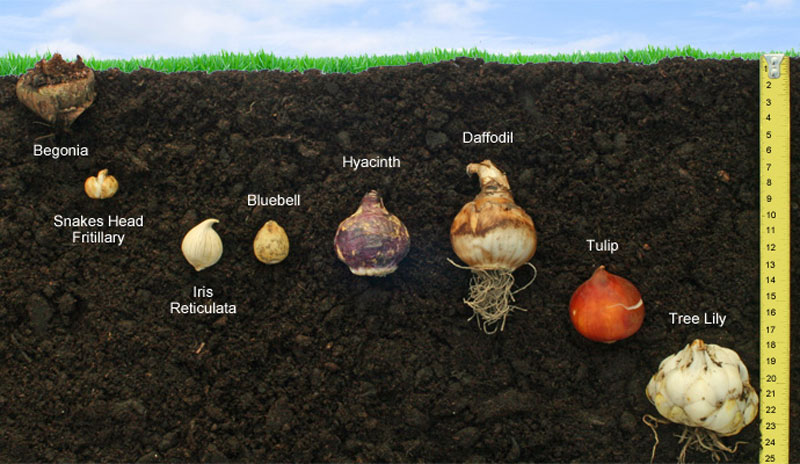
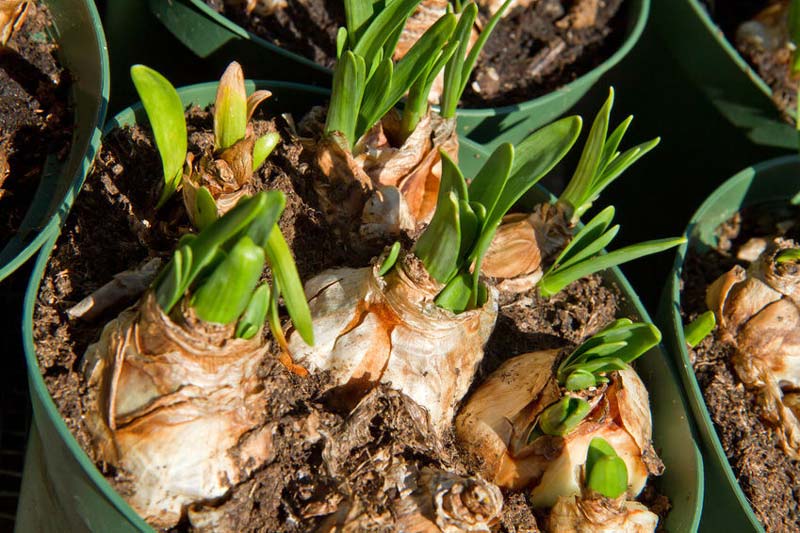
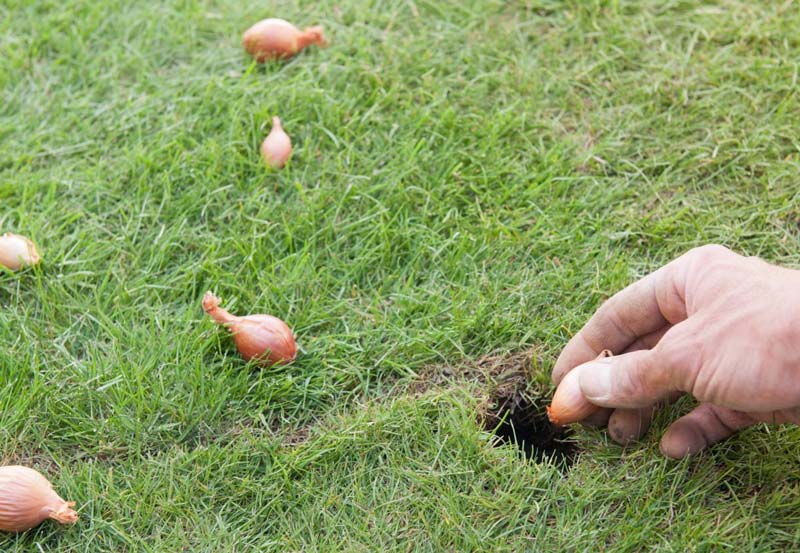
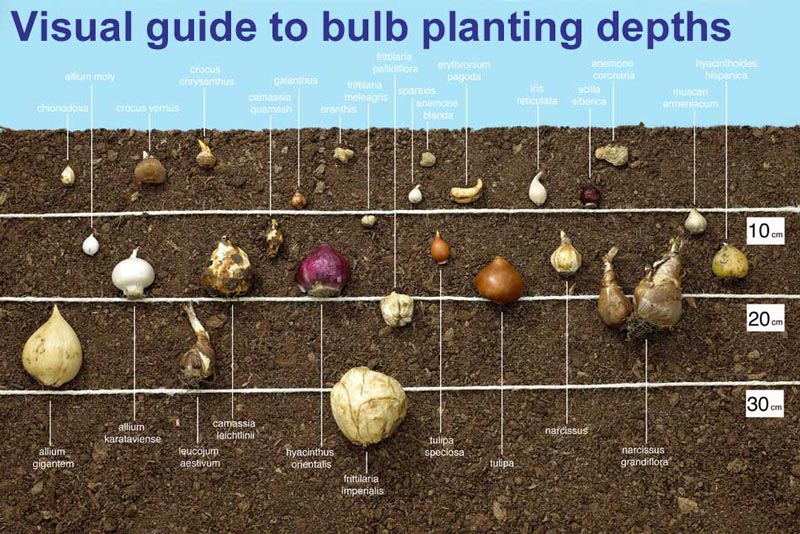
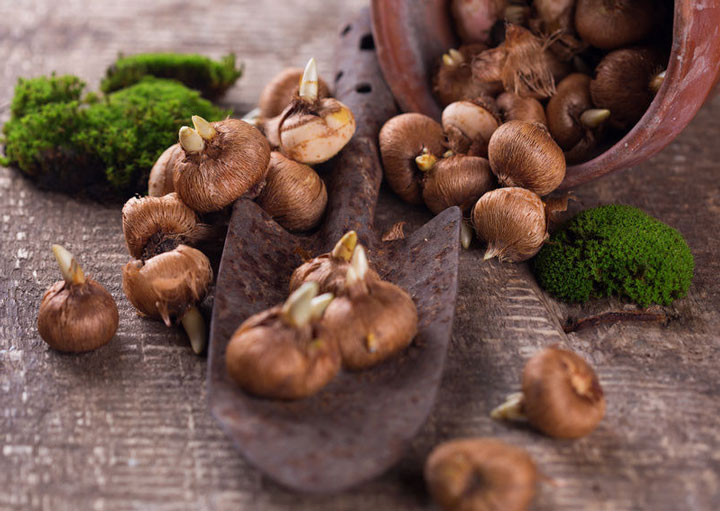
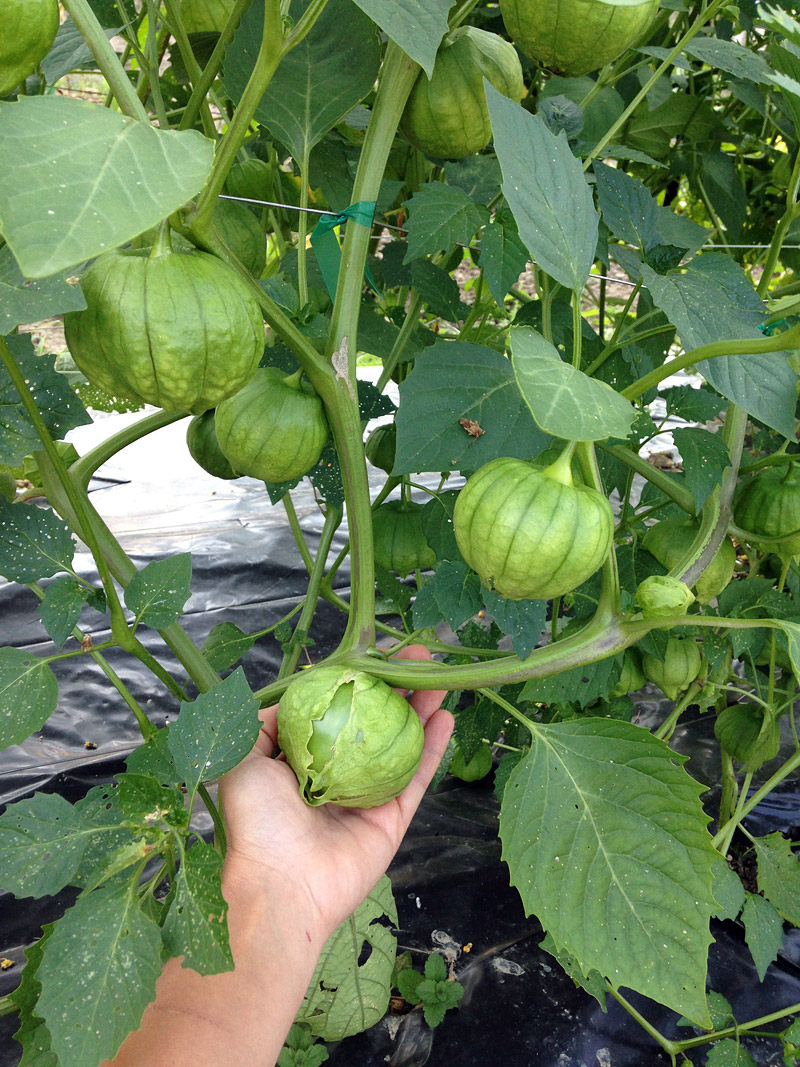


Leave a Reply